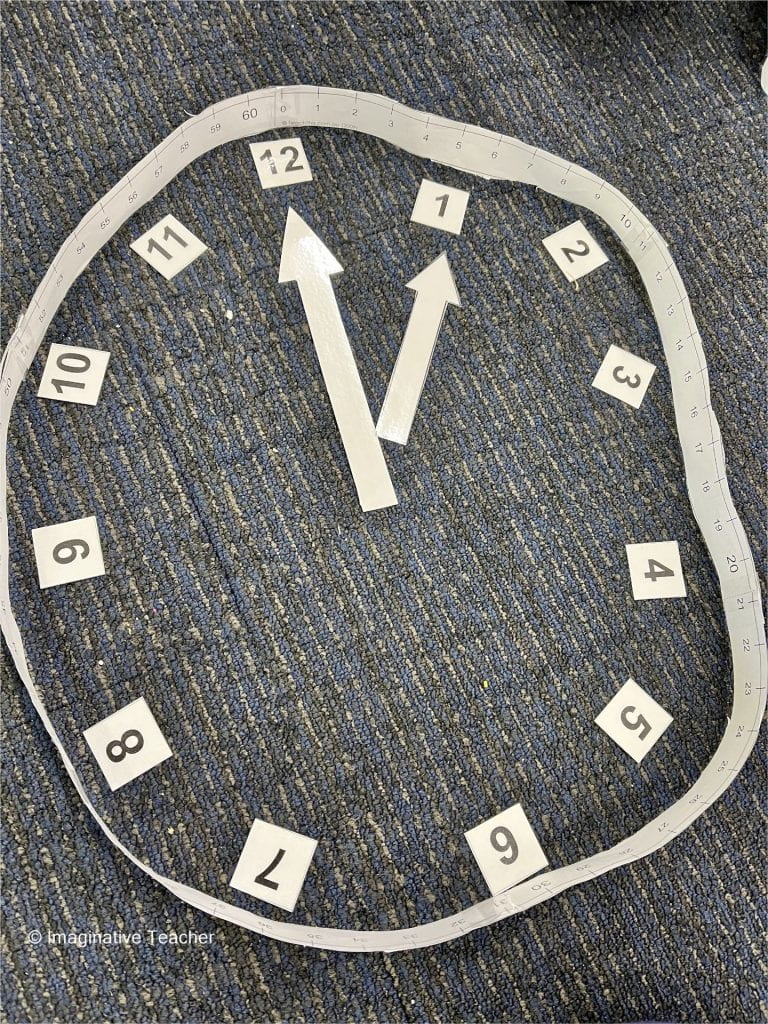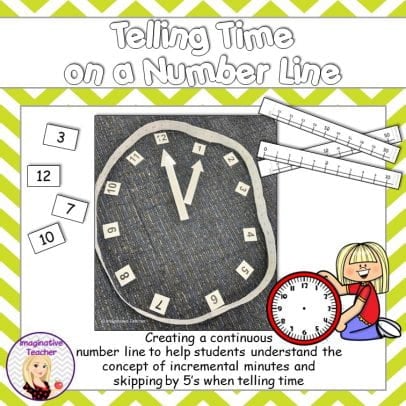Telling the time has always been a tricky concept for students to understand.
Often they become mixed up between the two hands – which one is the hour hand and which one is the minute hand.
Throw into that mix the fact that there are both hour numbers and minute lines around the clock face and it’s no wonder students get confused.
Well here is now another way to help students tell the time – use a number line!
It makes sense that when learning about place value, using a number line shows children the sequential numbers forwards, backwards and reinforcing the concept of skip counting.
If you take a number line from 0 to 60, bend it into a circle you have yourself a number line clock face!
I have found that using this method after teaching students about number lines has really helped them to understand the concept of increasing minutes, skip counting by increments of 5, o’clock, half past, quarter past, and quarter to.
See what a difference it will make to have a hands-on experience. It really will help make those students make connections with numbers and time.
Download the freebie below and grab your own copy so that your students can make a number line clock too.
Happy teaching!
✏️❤️ Katie



